
Provide you with China flower delivery, which can be delivered to all cities in China (non remote areas).
When it comes to choosing the best plants for your garden, it’s important to start by considering your climate and soil. Different plants have different requirements for sunlight, water, and nutrients, so it’s essential to select plants that are well-suited to your garden’s conditions.
Your garden’s climate will determine which plants will thrive there. If you live in a hot, dry climate, you’ll want to choose plants that are drought-tolerant and can handle high temperatures. On the other hand, if you live in a cool, wet climate, you’ll want to choose plants that prefer cooler temperatures and more moisture.

Your garden’s soil type will also play a role in determining which plants will do well there. Different plants have different preferences for soil pH, nutrient levels, and texture. For example, some plants prefer acidic soil, while others prefer alkaline soil. Some plants require rich, fertile soil, while others can tolerate poorer soil.
Now that you have a good understanding of your garden’s climate and soil, it’s time to start choosing plants! When selecting plants, there are several factors to consider.
Different plants have different sunlight requirements, so it’s important to choose plants that will get enough sunlight to thrive. If your garden gets full sun, you can choose plants that prefer direct sunlight. If your garden is shaded, you’ll want to choose plants that prefer partial shade or full shade.
Make sure to choose plants that will do well in your garden’s soil conditions. If your soil is acidic, choose plants that prefer acidic soil. If your soil is alkaline, choose plants that prefer alkaline soil. Similarly, if your soil is rich and fertile, choose plants that require rich soil. If your soil is poor, choose plants that can tolerate poor soil.
You don’t want to choose a plant that will grow too big for your space, or one that won’t provide enough coverage. Measure your garden bed before you go shopping, and look for plants that will fit nicely in the space you have available.
Some plants require regular pruning, deadheading, or dividing, while others are low-maintenance and can take care of themselves. Choose plants that fit your level of experience and the amount of time you have to devote to gardening.
Once you’ve chosen the perfect plants for your garden, it’s time to think about how they’ll look together. Creating a visually appealing garden is all about combining different plants in a way that looks pleasing to the eye.
Use a mix of different textures to add interest to your garden. Pair smooth-leaved plants like boxwood or yew with rough-leaved plants like rosemary or lavender.
Use a mix of different colors to add depth and interest to your garden. Pair brightly colored flowers like roses or daylilies with darker-colored foliage like ferns or hostas.
Vary the height and width of your plants to create a layered look that adds depth and visual interest to your garden. Place taller plants like ornamental grasses or shrubs in the back, and shorter plants like perennials or annuals in the front.
Once you’ve chosen the perfect plants and arranged them in a visually appealing way, it’s time to add some finishing touches to your garden. Here are a few ideas:
Mulch helps retain moisture, suppress weeds, and keep your plants looking healthy and happy. Choose a mulch that complements your plants and add a layer around 2-3 inches thick.
Add some decorative elements to your garden, like a statue, a birdbath, or a trellis. These elements will add visual interest and create a welcoming

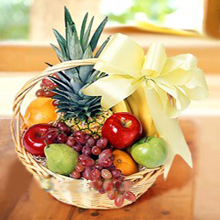
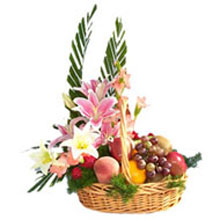
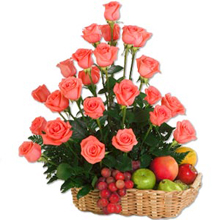
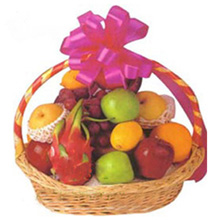
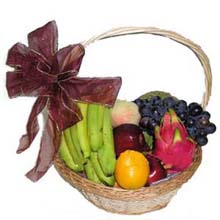
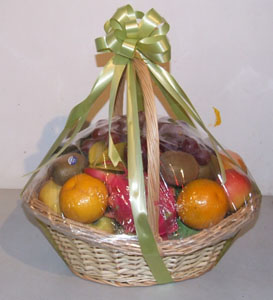
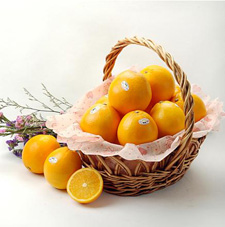
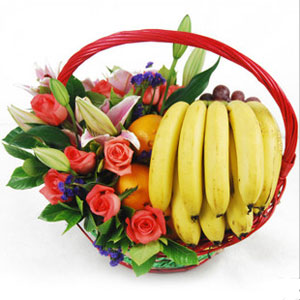
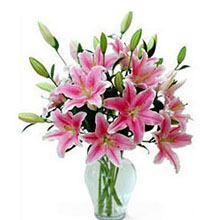
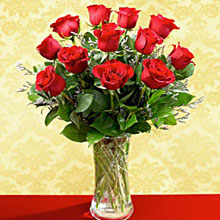
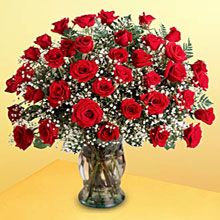
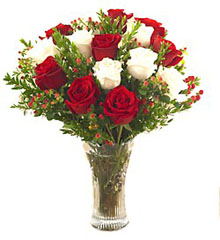
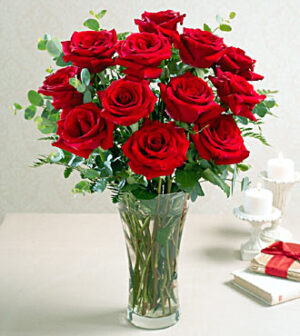
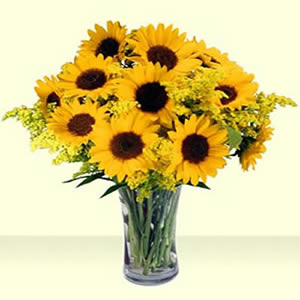
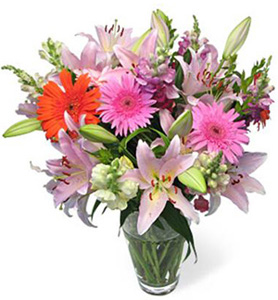
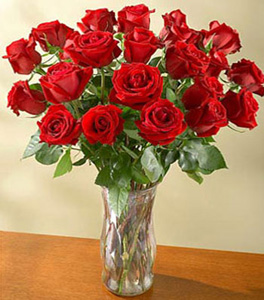

Provide you with flower delivery services in China cities, and flower delivery services on festivals / daily / anniversaries

Local fast delivery, your mind will arrive quickly! Fast delivery to your choice. The fastest delivery on a working day

The freshness of flowers is our quality standard. We choose the freshest flowers for you to express your feelings
Better Life Flowers Service & Serving global customers








2022 BetterLife Copyright | Privacy policy | Substitution Policy
Our shop No delivery fee (non remote areas), no service fee, safe online payment Dismiss